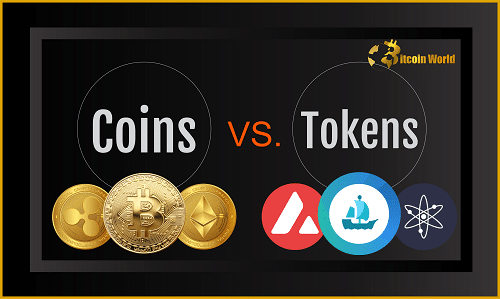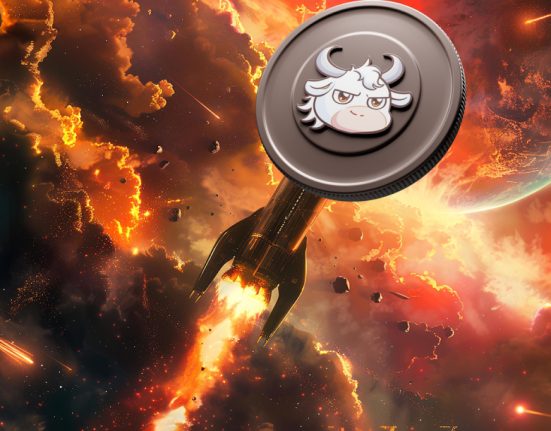The first thing to do is to understand the distinction between a token and a coin. You might regularly hear the words “coin” and “token” spoken when talking about cryptocurrencies. Despite the fact that they may sound similar, there is a distinction. It’s critical to maintain their accuracy.
A digital coin functions very similarly to traditional currency and is created on its own blockchain. It can be used as a means of trade between two parties conducting business together as well as a way to store value. Bitcoin and Litecoin are a few examples of coins.
On the other hand, tokens are much more versatile than merely digital currency. On top of an existing blockchain, tokens are produced and can be incorporated into software applications (like to grant access to an app, to verify identity, or to track products moving through a supply chain).
They might depict digital art (like with NFTs, or “non-fungible tokens” that certify something as unique). Even the use of NFTs with physical assets, such as actual works of art and real estate, has been tested. On the Ethereum network, one type of token that is utilized to carry out transactions is called ether.














